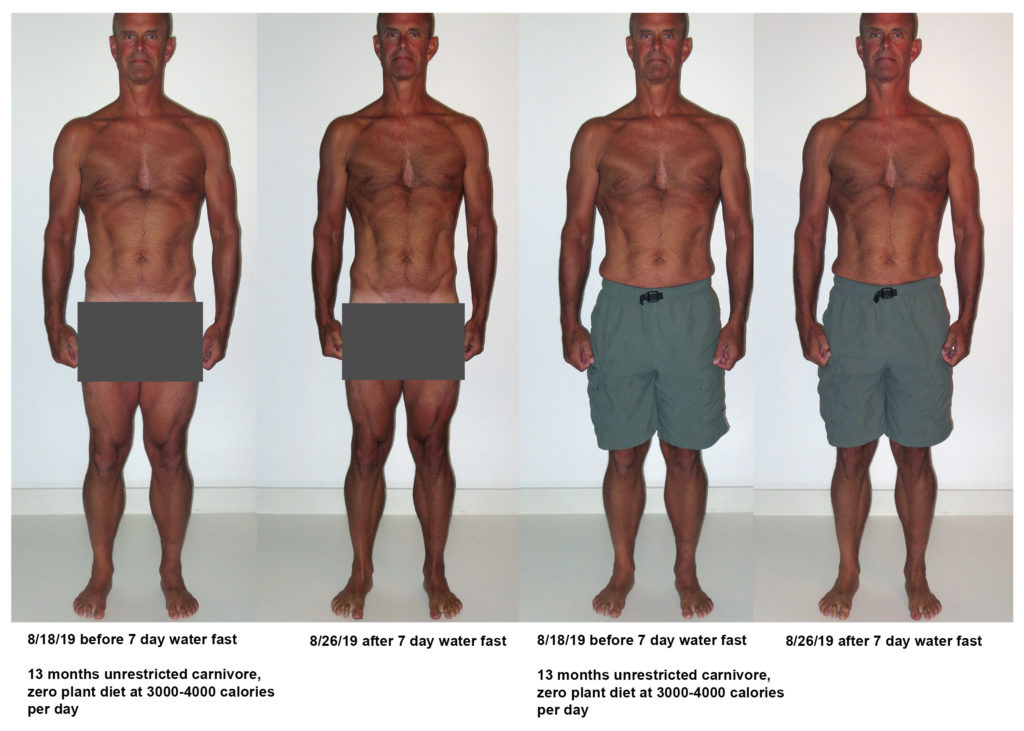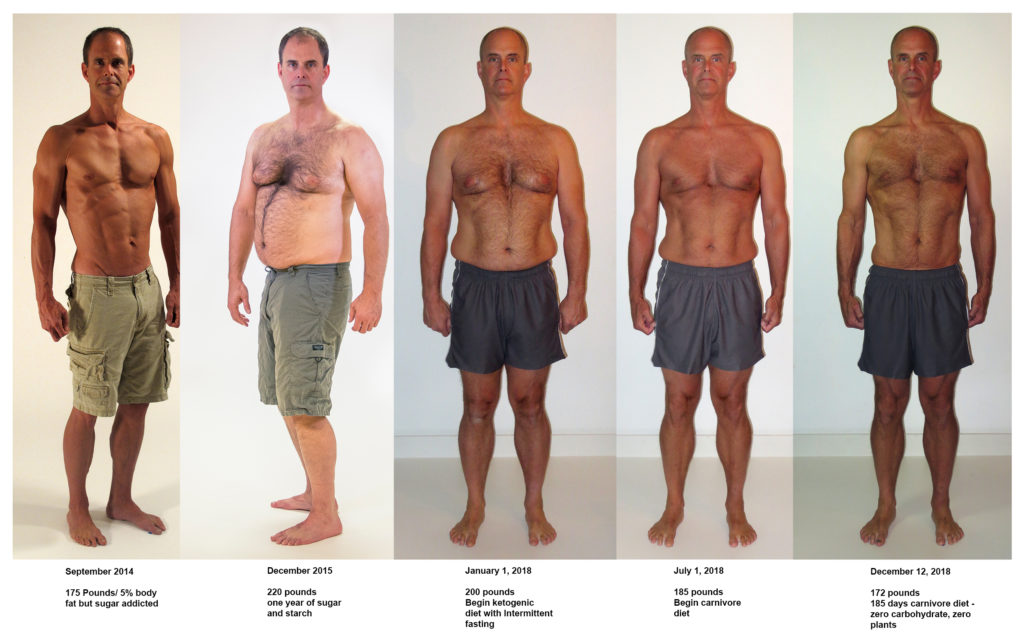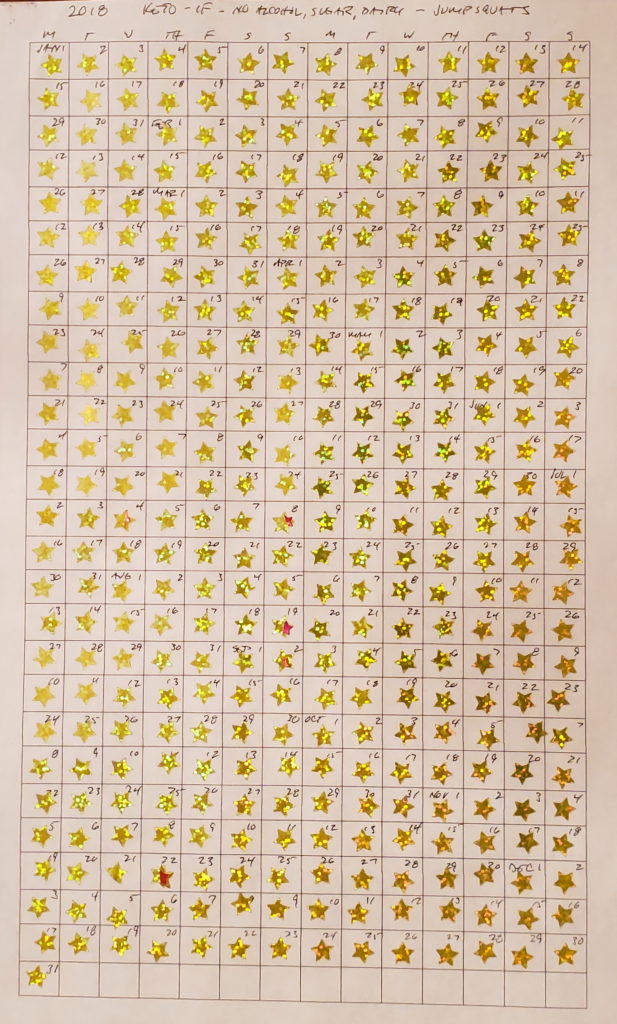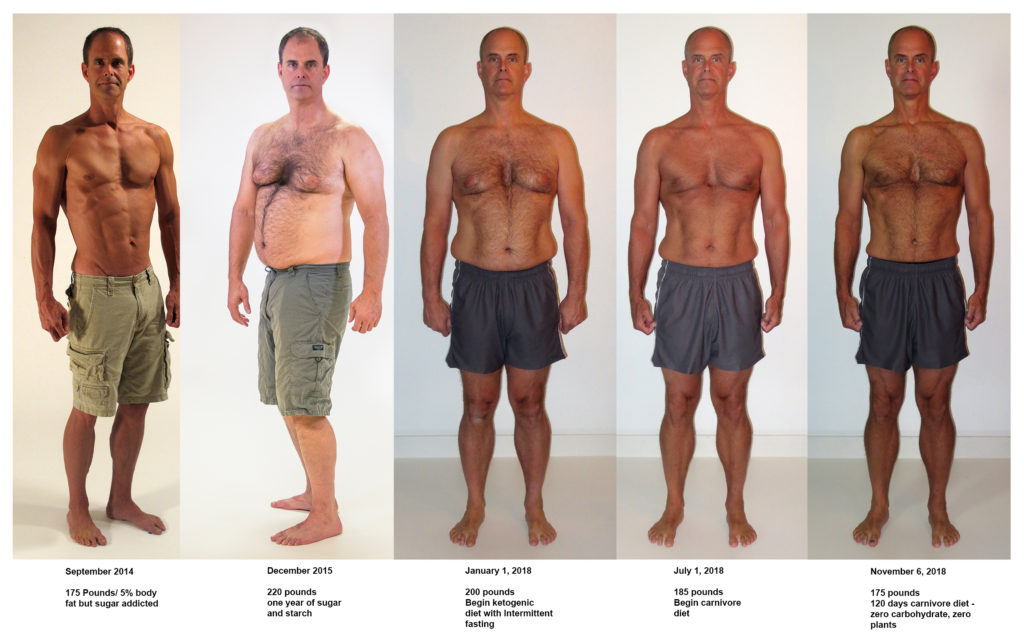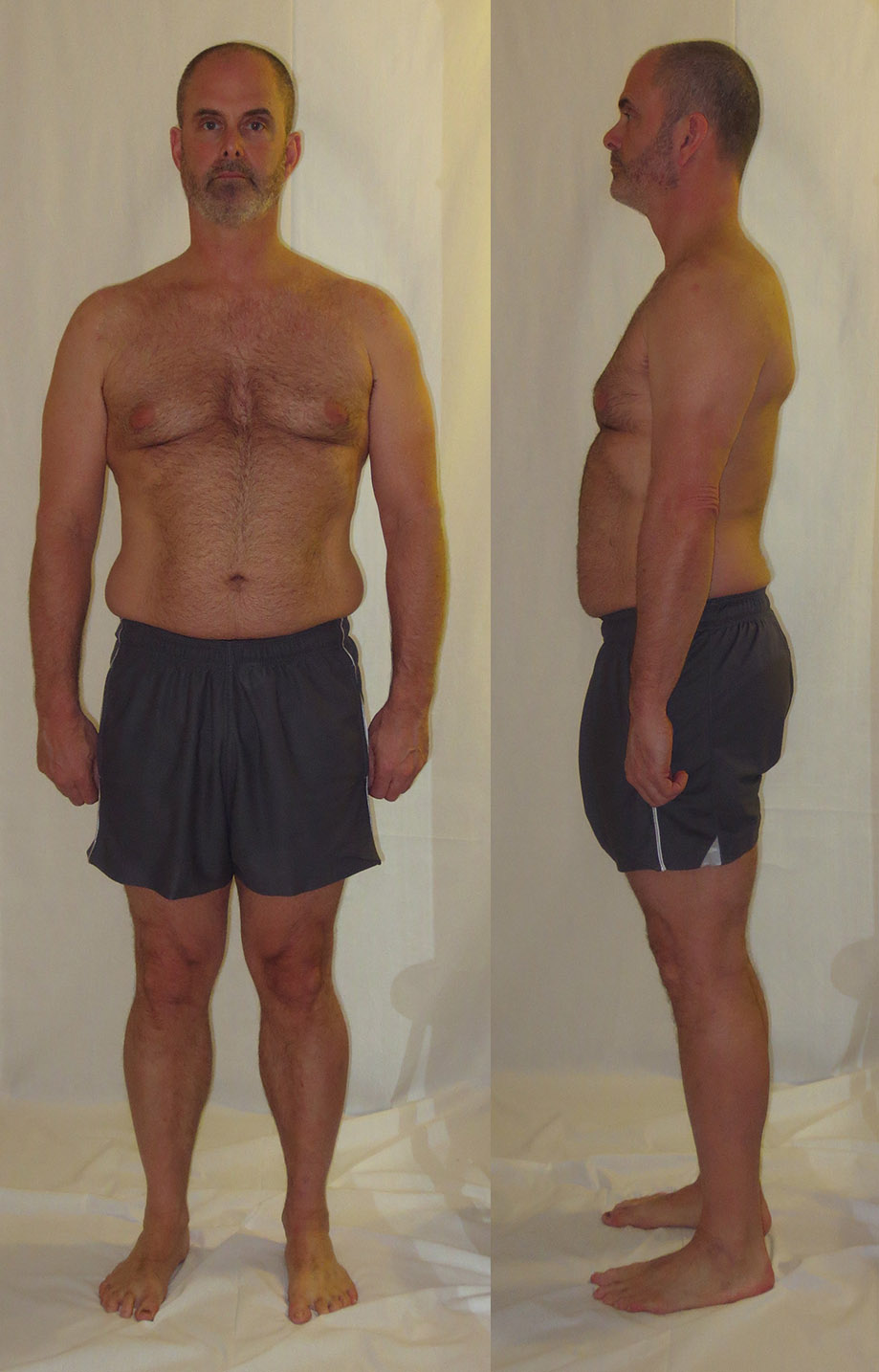Coronary Artery Calcium (CAC) score = zero.
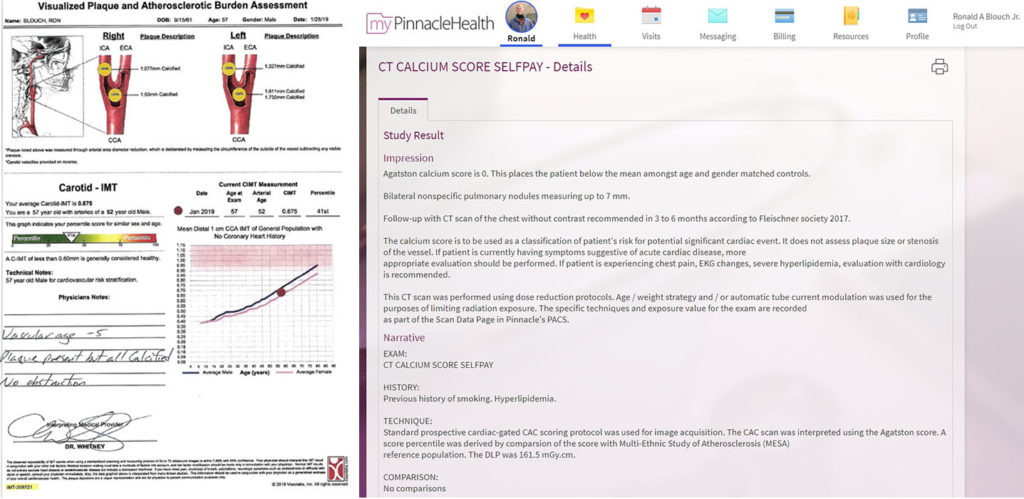
Carotid Intima-Media Thickness (CIMT) test = five years younger than my current age in healthy test subjects.
[Edit 2/18/20: a second CIMT taken six months after the first one shows no visible inflammation in the carotid arteries. That is an improvement.]
I decided to pay out of pocket for a CAC scan last month since I could not get my doctor to order one. They are not yet standard-of-practice, or even well understood, in the orthodox world of conventional medicine. I had one done ten years ago, also zero, and also paid for out of pocket because my doctor would not order it. I did that one six years after going to the dark side and starting to make saturated plant and animal fat the predominant source of energy in my diet.
It was hellish scary, making that switch. I’d lost 90 pounds by following Barry Sears’ Zone Diet from January 1, 2002 through October of that same year. Then 10 pounds more later. 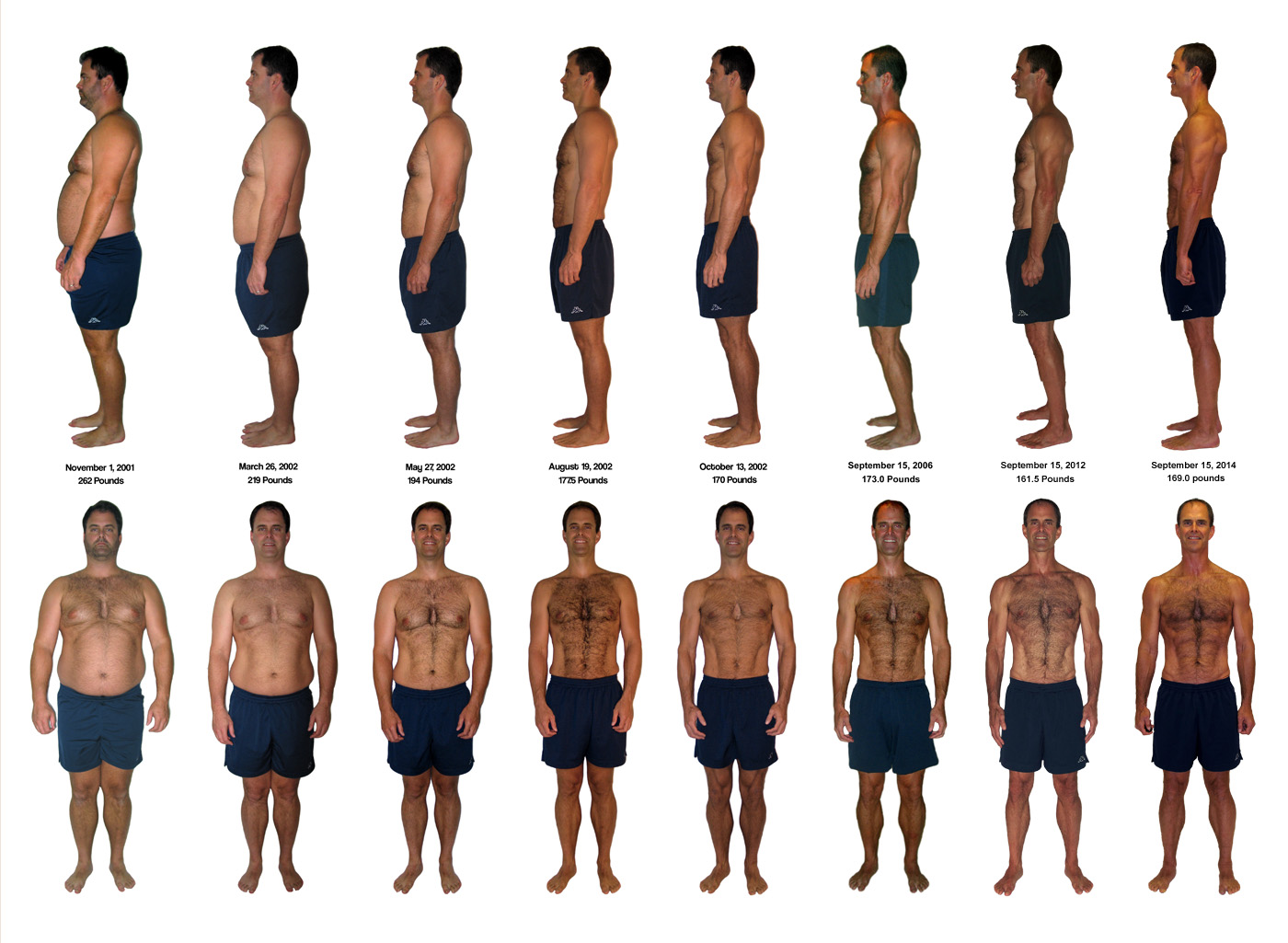
Sears believes saturated fat will kill you. He articulates the why of it very well. He was a bleeding edge lipidologist (specialist in fat science) at MIT with 9 patents in lipid delivery systems before he bailed from academia and wrote Enter the Zone. Choosing to believe he, along with most of the rest of the brightest scientific minds in the academic, scientific, and medical communities, were wrong about saturated fat was a terrifying decision but it made sense and I chose to bet my life on it.
The CAC scan I had done in 2010, after six years of heavy saturated animal and plant fat consumption – about 60% of my daily calories – was zero.
It remains zero ten years later.
That includes a two year long period of sugar and starch re-addiction that began when I did Tim Ferriss’ Slow Carb Diet in 2014. I was working to see if I could reach bodybuilder levels of leanness, just for fun. 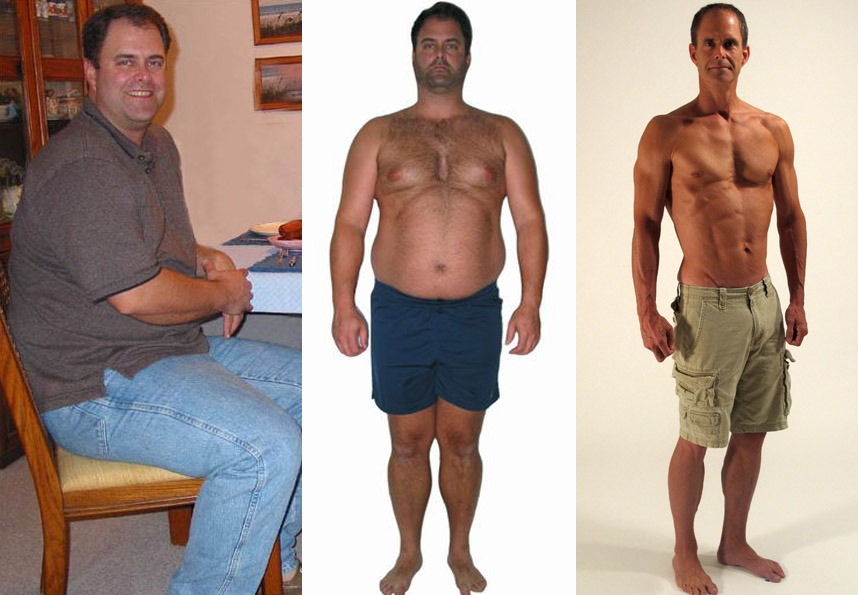
Foundational to the SCD is a one day high starch, high sugar binge done each week for the duration of the fat cutting cycle. The high calorie intake re-starts a metabolism that has gotten sluggish from caloric restriction over the prior six days. I never recovered from binge day after the diet was over and I’d reached 5% bodyfat. It re-triggered the addictions I had not realized I had kicked in 2002. I did not regain the 100 pounds of fat I had lost 12 years before but I did put on 50 fresh pounds of it while watching my vitality and health disappear.
After several years of failed attempts to kick sugar I decided to do a high fat, hard ketogenic diet in January of 2018. I had never tried one before. I was hoping it would help with a severe concussion I had taken six months earlier. I also used it to do a whole-life re-set and finally kick the sugar addiction.
In July of 2018 I modified the keto program by eliminating all plants except a single daily cup of coffee and shifted to a high fat, all meat, fully carnivore diet.
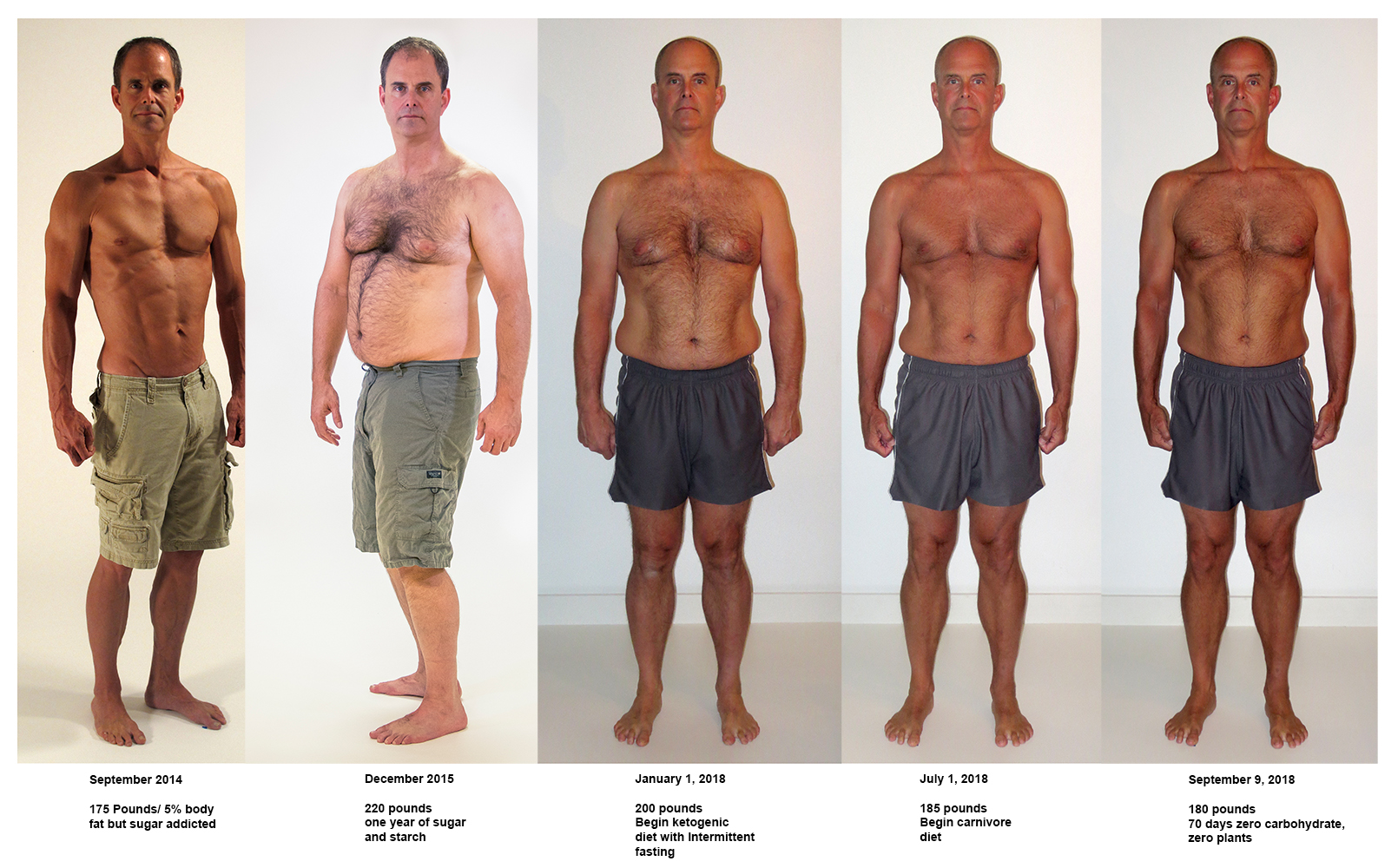
Despite any damage done from the two years of sugar binging, and despite the idiotic amounts of saturated fat I have eaten for 16 years, I have no calcified atherosclerotic plaque in my arteries around the heart.
A legitimate problem with the CAC test is it can only locate arterial plaque that is old enough and large enough to have begun to calcify. In the early stages of plaque formation the masses are soft. It can take years for calcification to begin, which means you can have a zero CAC score and still be loaded with active atherosclerotic lesions. A CAC provides no information beyond an implication that past conditions remain true today. It is a powerful test but it provides an incomplete view.
The CIMT test – an ultrasound of the carotid arteries at the neck – provides a visual look at both calcified plaque and soft, inflamed, active plaques that have not yet begun to attract calcium. It is the soft, active plaques that most often break apart and lead to arterial blockages that cause heart attacks, not the older, hard plaques that show up in a CAC scan. Last June I paid out of pocket for one (again, no support from conventional medicine because it’s not yet in their diagnostic paradigm) and discovered, corroborating the blood test numbers I’ve consistently seen since three months after I began a ketogenic diet in 2018, that my neck arteries show minimal signs of active inflammation and have minimal hard plaque in line with healthy test subjects in my age range.
I’ve been eating a diet that should have killed me long ago according to consensus science.
The 100% meat, no plant, carnivore diet even more so.
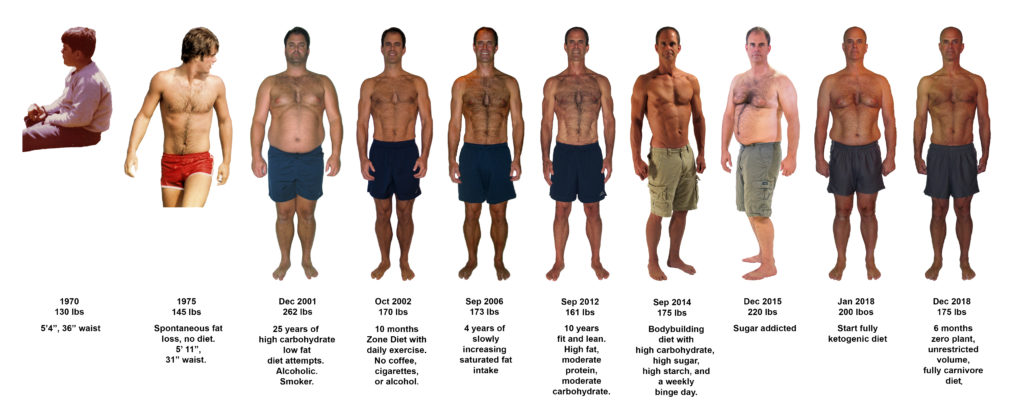
If nothing else I should be dead from scurvy if the current orthodox models of how the body functions are correct. They are clearly wrong. More investigation is required from curious, open minded investigators who want to understand how our prior views have been incorrect. In the meanwhile the pioneers who are willing to fly without the safety net of established science to back up their choices will continue on.
After sixteen years of eating extraordinary amounts of saturated animal fat – while reducing sugar and starch intakes to minimal levels before eliminating them entirely during eighteen months of an entirely meat, zero plant diet – my arteries are perfectly clean.
That is amazing.
It is also a relief.
It is not stress-less going against the beliefs of others, particularly smart people who make their living studying the very things I chose, and continue to choose, to disagree with. Especially when you are betting your life on it.
Gratitude to those who came before me and paved the way, often against far more opposition and with much less support than I have had.
Finally, I offer some love to anyone who is willing to make the change to improve their health and return their body to its primal best by working to give a diet shift a try. I tell my story because when things got hard – and they were often very hard – it was the stories of those who had difficult times but got through them and succeeded that kept me on track when my entire system was exploding in resistance to the changes I had made with immediate and overwhelming desire to go back to the old ways, not stay tracked in on the new. Good luck to you as you make your way.
